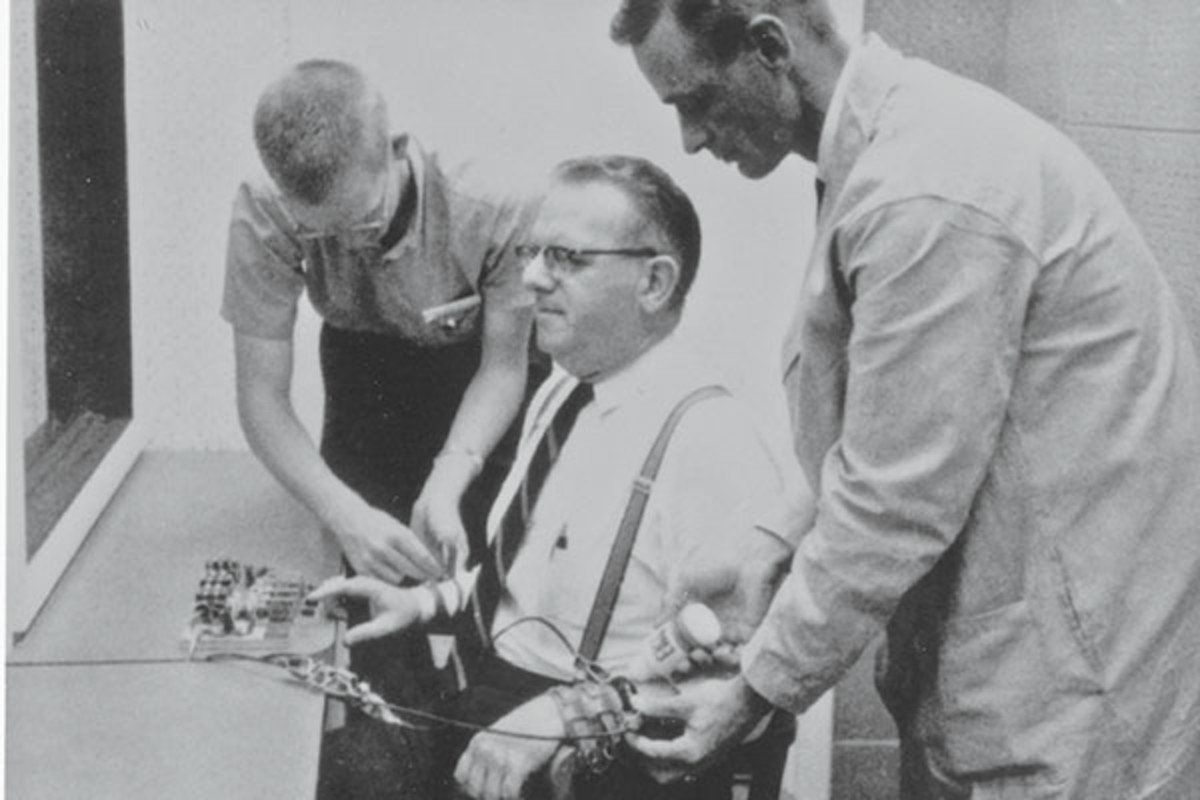 Sigmund Freud is famous for being the founder of psychoanalysis and introducing multiple new psychology theories, the most enduring of which was the notion that the human psyche is composed of 3 parts. This theory is commonly depicted as a devil and angel on someone’s shoulder, signifying a bad side and a good side, with the person in the middle to manage the two. This is the premise of Freud’s theory, every person’s psyche consists of an id, ego and superego, and each one contributes to decisions made by the said person.
Sigmund Freud is famous for being the founder of psychoanalysis and introducing multiple new psychology theories, the most enduring of which was the notion that the human psyche is composed of 3 parts. This theory is commonly depicted as a devil and angel on someone’s shoulder, signifying a bad side and a good side, with the person in the middle to manage the two. This is the premise of Freud’s theory, every person’s psyche consists of an id, ego and superego, and each one contributes to decisions made by the said person.
Firstly, the id is the primitive and impulsive part of our psyche, and responds directly to needs and desires. When humans are first born, they only possess and id, later on they develop an ego and a superego. The id is not in touch with reality or logic, it simply compels a person to do what they want, regardless of consequences or repercussions. In the example of a devil and angel on someone’s shoulder, the id is represented by the devil due to its reckless and disregarding nature.
Secondly, the superego is the inherent good in a person that has been instilled or molded by figures such as parents, teachers and society. The superego is a direct counter to the id, for example if someone decides to give into the id and do something wrong, the superego will respond through guilt or shame. The superego is responsible for compelling people to make the morally right decision based on society’s and other’s expectations. In the example of the devil and angel, the superego is represented by the angel, due to the “ideal self” that it promotes.
Finally, the ego, or the self. The ego is the middle ground between the id and the superego, and is represented by the person who’s shoulders the angel and devil are standing on. The ego is responsible for compromising between the reckless id and the over idealistic superego. Like the id, the ego prioritizes obtaining the pleasure it desires. Unlike the id, and like the superego, the ego takes into account societal norms and morality. Unlike the superego, the ego is logical and realistic when processing a course of action. Essentially, without the ego and superego, we are all children. without the id and ego, we are all unrealistic. Without the id and superego, we have no desire or morals. All 3 components are critical, and without them, humans would not be the way are they.

